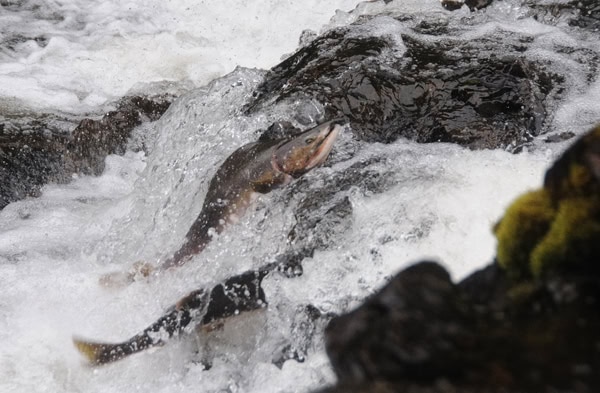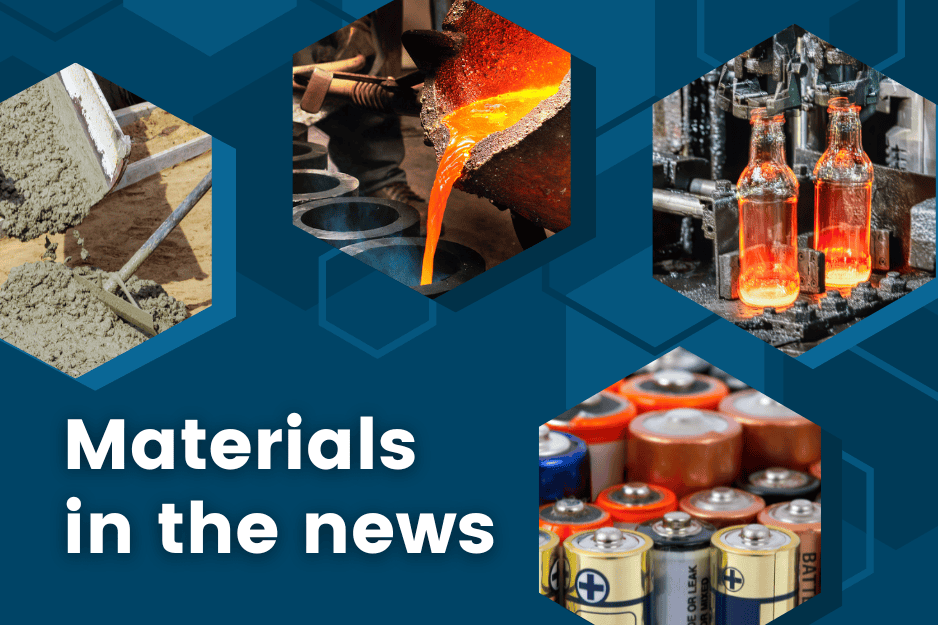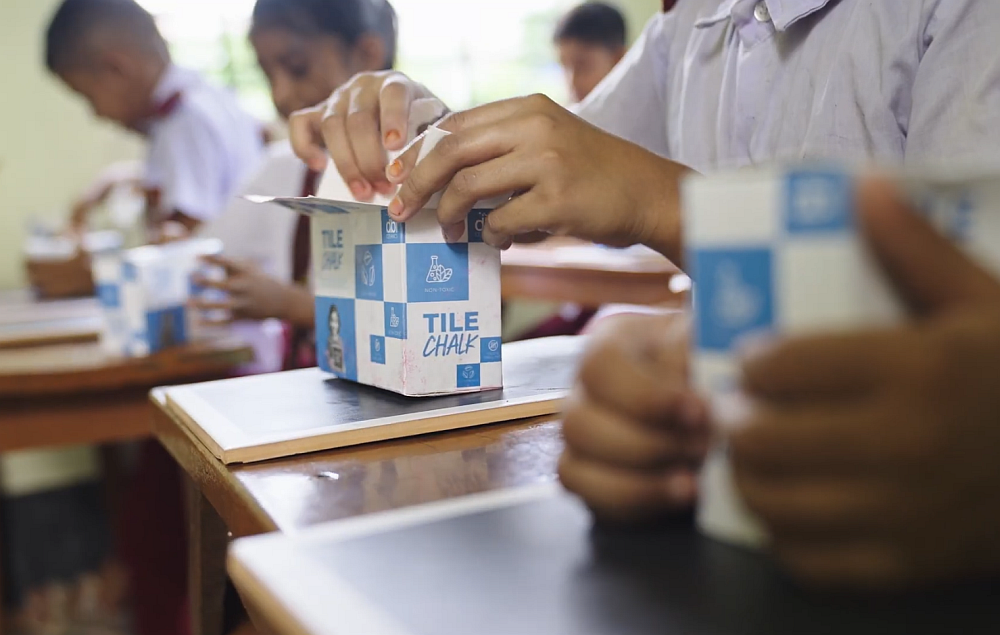
[Image above] Is salmon sperm the perfect material for a greener rare earth recycling process? Japanese scientists believe it could be. Credit: Scott Ableman; Flickr CC BY-NC-ND 2.0
File this under “strange-yet-effective recycling ideas for $1,000, Alex.”
Japanese researchers say that salmon sperm might be key in recycling rare earths.
Rare-earth elements (REEs) are commonly used in everyday materials for everything from rechargeable batteries and TVs to hybrid vehicles and smartphones.
China mines most of the world’s rare earths, and though it recently removed the country’s cap on REE exports, the move hasn’t stopped scientists from searching for cheaper and greener ways to extract and recycle the valuable materials.
According to a Chemistry World article, a team led by the University of Tokyo’s Yoshio Takahashi found that the sperm (milt) of salmon could effectively replace the more costly and less environmentally friendly methods used to recover REEs from electronic and magnetic waste.
Their work, published in PLoS ONE, isn’t the first to rely on fish sperm (see here and here).
Milt—which is plentiful, insoluble, and readily discarded by Japan’s fishing industry—contains phosphate, particularly effective for extracting rare-earth metals.
To put that REE attraction to work, the team created a powder from the milt and dropped it into a water-based solution with three metals—neodymium, dysprosium, and trivalent iron—found in magnets.
According to the report, “When the milt powder was added to the solutions, they discovered that metal ions had a high affinity for phosphate in the powder. The REEs were subsequently recovered from the milt powder using acid and centrifugation.”
But some believe that the work, though impressive, could prove problematic in scaling up.
“The idea of relying on cheap salmon milt to adsorb and separate rare-earth elements from iron in scrap magnets is quite interesting and, although the proposed protocol does not suppress dissolving the magnets in strong acid, it deserves attention,” says Jean-Claude Bünzli of the Swiss Federal Institute of Technology, Lausanne, in the report.
What do you think of the work and its potential to be used for REE recycling on a larger scale?
The paper is “Recovery and separation of rare earth elements using salmon milt” (DOI: 10.1371/journal.pone.0114858).
Author
Jessica McMathis
CTT Categories
- Basic Science
- Environment
- Weekly Column: “Other materials”

